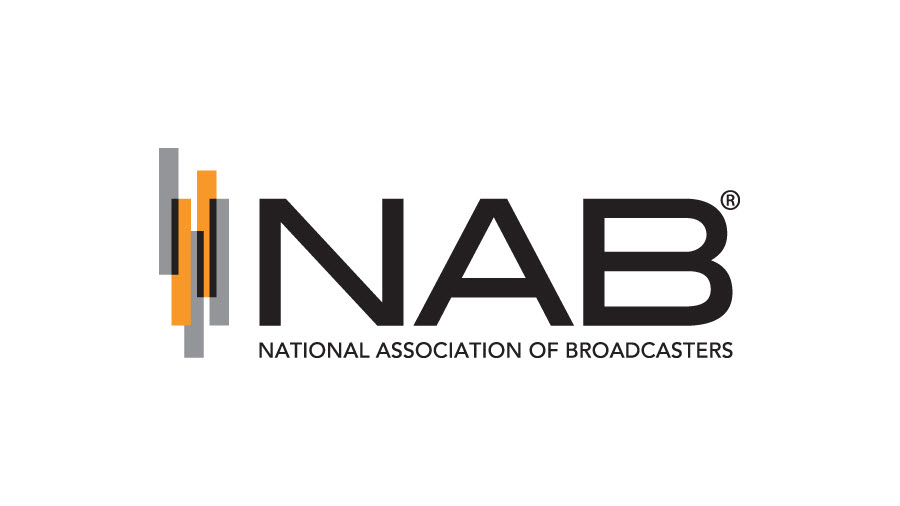NAB: FCC's Own Policies Hurt Media Diversity
Industry group cites ‘outdated’ ownership rules’ impact on competitiveness against Big Tech

The National Association of Broadcasters said Federal Communications Commission policies are a big reason there isn't more diversity in broadcast ownership.
The broadcasting trade group shared that view in comments on the FCC's 2018 quadrennial review of broadcast and other ownership rules (the review has been delayed due to the legal back-and-forth over that issue).
The NAB told the commission that the FCC’s restrictions on multiple and small-market ownership are absurd and work against its goal of a more diverse media. It argues that the COVID-19 pandemic and economic recession have put an exclamation point on the need to reform the system.
The main reason for low levels of minority and female ownership is a lack of access to capital, the NAB said, which structural ownership rules don't address. But even if that capital were available, the FCC's rules are a disincentive to new investment, the trade group argued.
“In a world where investors and new entrants have countless other media and communications options,” NAB said, “the commission itself is a major impediment to increased diversity in the broadcast industry.”
Broadcasters have been trying to get out from under structural ownership rules for years, succeeding in getting some key deregulation under former FCC chairman Ajit Pai, only to have a federal court reverse that decision over what it said was the FCC's failure to sufficiently explore the impact of that deregulation on diversity. The U.S. Supreme Court then reversed that reversal, reinstating the deregulatory order but giving the new Democrat-led FCC a chance to restore the rules as part of the quadrennial review, for which the FCC has sought new comment to “refresh the record.”
The NAB also said the FCC’s ownership restrictions hurt localism because they prevent broadcasters in smaller markets from “leverag[ing] the strong economies of scale in local news production,” leveraging broadcasters' needs against the Big Tech companies that dominate content discovery and digital advertising, and “imperil[ing] the ability of news providers to reach online audiences with their local content and to derive ad revenue from that content.”
Broadcasting & Cable Newsletter
The smarter way to stay on top of broadcasting and cable industry. Sign up below
Finally, NAB said it is time for the FCC to stop maintaining the fiction that broadcasters compete only against other broadcasters. It pointed to a study submitted by the Justice Department that concluded that “digital platforms compete with local TV broadcasters for local ad dollars and that the relevant market for analyzing local TV station combinations should include advertising on digital platforms.”
The NAB pointed out that the prohibition on owning more than one AM, FM and TV station in a market dates from when Franklin D. Roosevelt was in the White House. “[T]he FCC cannot justify its ownership rules by acting as though broadcast stations are still the only relevant electronic outlets, as in the days of President Roosevelt’s famous fireside chats,” the NAB said.
The FCC actually closed the formal comment period on its delayed 2018 Quadrennial Review two years ago. But the Media Bureau, in opening up a new comment period, said: “The 2018 Quadrennial Review proceeding has generated, and continues to generate, significant interest, including through the submission of additional information even after the initial comment period has ended. Accordingly, we ask commenters to take this opportunity to update the record in the 2018 Quadrennial Review proceeding, including with regard to the diversity-related proposals cited therein.”
Contributing editor John Eggerton has been an editor and/or writer on media regulation, legislation and policy for over four decades, including covering the FCC, FTC, Congress, the major media trade associations, and the federal courts. In addition to Multichannel News and Broadcasting + Cable, his work has appeared in Radio World, TV Technology, TV Fax, This Week in Consumer Electronics, Variety and the Encyclopedia Britannica.

